Government
-
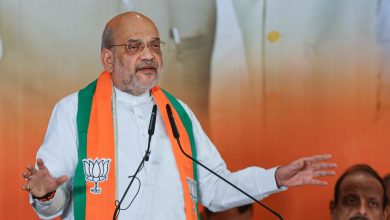
HM Amit Shah Launches Mobile App for Seamless Birth and Death Registration
Amit Shah Birth Death App: On October 1, 2023, the Indian government introduced a transformative step in digital governance through…
Read More » -
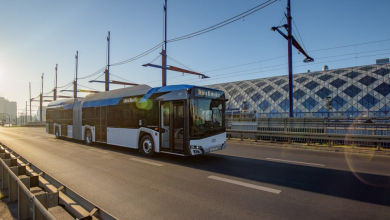
Transport Ministry Approves India’s First Flash-Charging Electric Bus System in Nagpur
The Ministry of Road Transport has given the green light to fund India’s first-ever flash-charging electric bus system in Nagpur.…
Read More » -
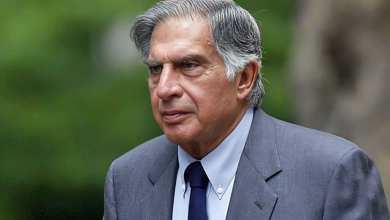
Honouring Ratan Tata: Maha Govt to Rename Skill University After Ratan Tata
Ratan Tata Skill University | Maharashtra government: In a significant move reflecting the profound impact Ratan Tata has had on…
Read More » -
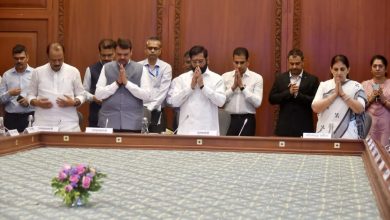
Maharashtra Cabinet Approves Rs 24,702.92 Crore Jalna-Nanded Expressway Connecting to Mumbai-Nagpur Samruddhi Expressway
Maharashtra cabinet | Mumbai-Nagpur expressway: In a significant development for the infrastructure of Maharashtra, the state cabinet has given the…
Read More » -
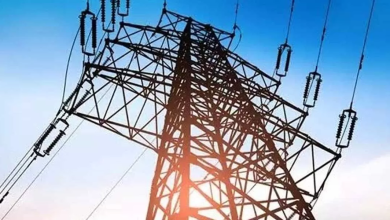
MSEDCL Chalks Out Nirantar Vij Yojana: Rs 1,500 Crore Investment Over Three Years
Maharashtra State Electricity Distribution Company Limited (MSEDCL) has announced an ambitious new plan called the Nirantar Vij Yojana (Continuous Power…
Read More » -
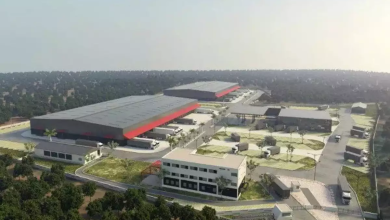
Over ₹1,200 Crore FDI to Create 6,000 Jobs in Nagpur
A Major Boost for Nagpur’s Economy FDI Nagpur Jobs Logistics Park: Nagpur is on the verge of an economic transformation.…
Read More » -
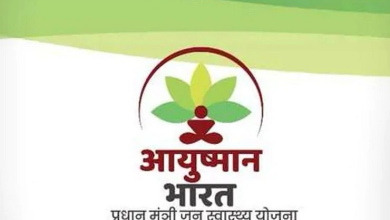
5 More Hospitals Added Under Ayushman Scheme in Nagpur
Healthcare is a fundamental need, and access to quality healthcare has been a challenge for many in India. The Ayushman…
Read More » -

Maharashtra State Transport Achieves ₹16.86 Crore Profit Under Fadnavis’ Leadership
Maharashtra ST Profit: Nagpur, India: A remarkable milestone was achieved in Maharashtra’s State Transport (ST) Corporation as it recorded its…
Read More » -
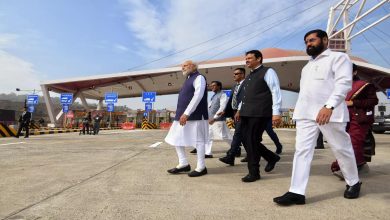
A Bouquet of Projects Worth ₹500 Cr for Nagpurians Ahead of Assembly Polls
As the assembly elections approach in Nagpur, the city is witnessing a surge of developmental activities. The Bharatiya Janata Party…
Read More » -

NMC Urges Women to Apply for Pink e-Rickshaw Scheme
The Nagpur Municipal Corporation (NMC) has rolled out an exciting opportunity for women residents through the Pink e-Rickshaw Scheme. Designed…
Read More »

